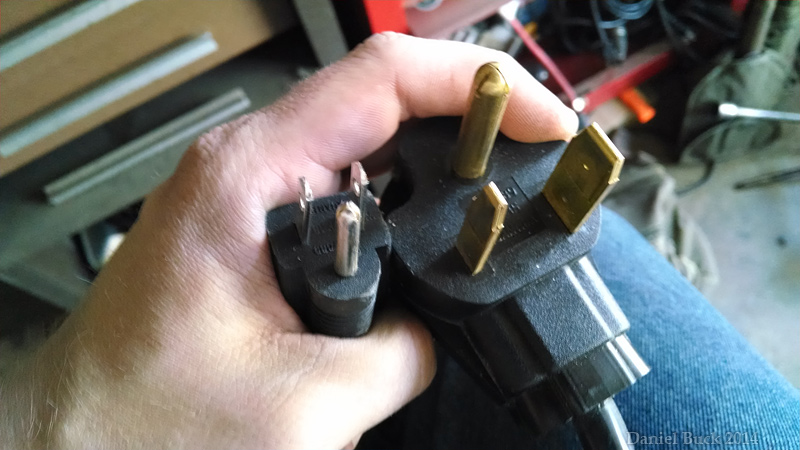I'm running 110 power through a 15 amp breaker (Ugh... I know, it's not enough! I'm working on getting permission to have it upgraded!)
I have two welders, a lincoln 180 dual voltage MIG welder, and an Everlast 200DX dual voltage TIG/Stick welder.
When I'm using the MIG welder at full power , I can weld for probably a good 30 seconds non stop before the breaker pops. When I'm TIG welding at full power (110) I can TIG for about 10-15 seconds before the breaker pops. And I just started to try and lean to Stick weld today, and at full power I can literally only weld for about 4-5 seconds before the breaker pops.
Does stick welding hit the breaker harder? I do have the polarities correct, and the weld looks fine.



